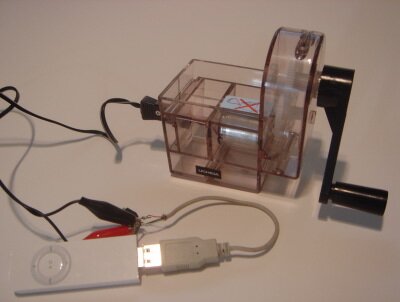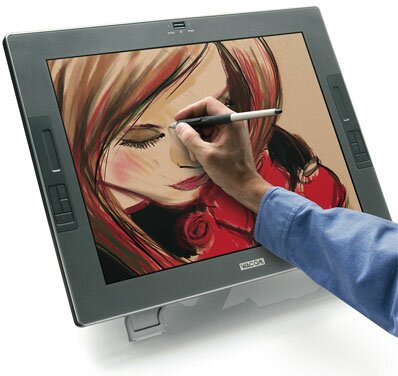Tue 4 Dec 2007
John C. Dvorak, PC Magazine, writes:
Does anyone but me see the OLPC XO-1 as an insulting “let them eat cake” sort of message to the world’s poor?
Hands Across America, Live AID, the Concert for Bangladesh, and so on. The American (and world) public has witnessed one feel-good event (and the ensuing scandals) after another. Each one manages to assuage our guilt about the world’s problems, at least a little. Now these folks think that any sort of participation in these events, or even their good thoughts about world poverty and starvation, actually help. Now they can sleep at night. It doesn’t matter that nothing has really changed.
This is how I view the cute, little One Laptop per Child (OLPC) XO-1 computer, technology designed for the impoverished children of Africa and Alabama. This machine, which is the brainchild of onetime MIT media lab honcho Nick Negroponte, will save the world. His vision is to supply every child with what amounts to an advertising delivery mechanism. Hence the boys at Google are big investors.
(more…)







